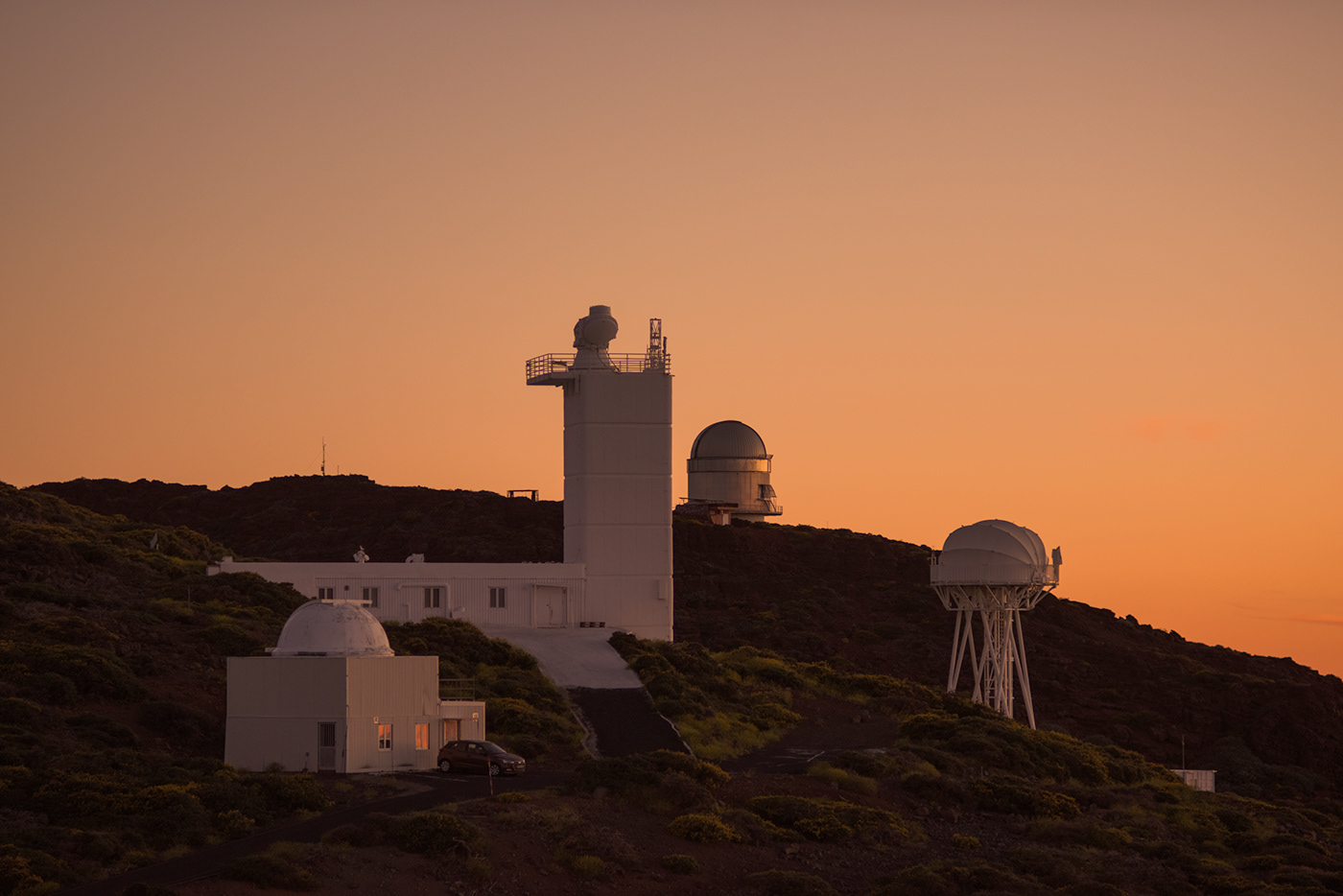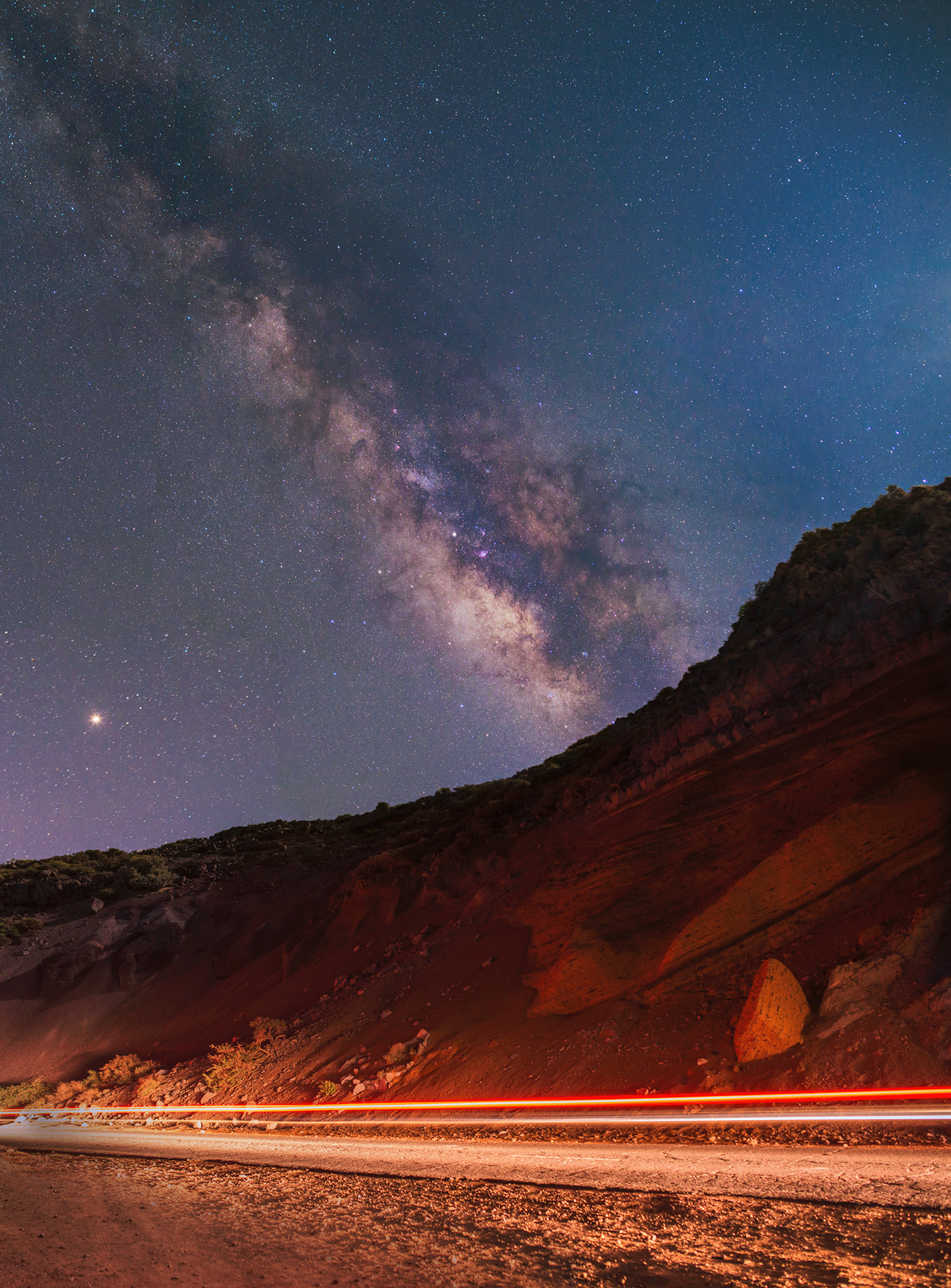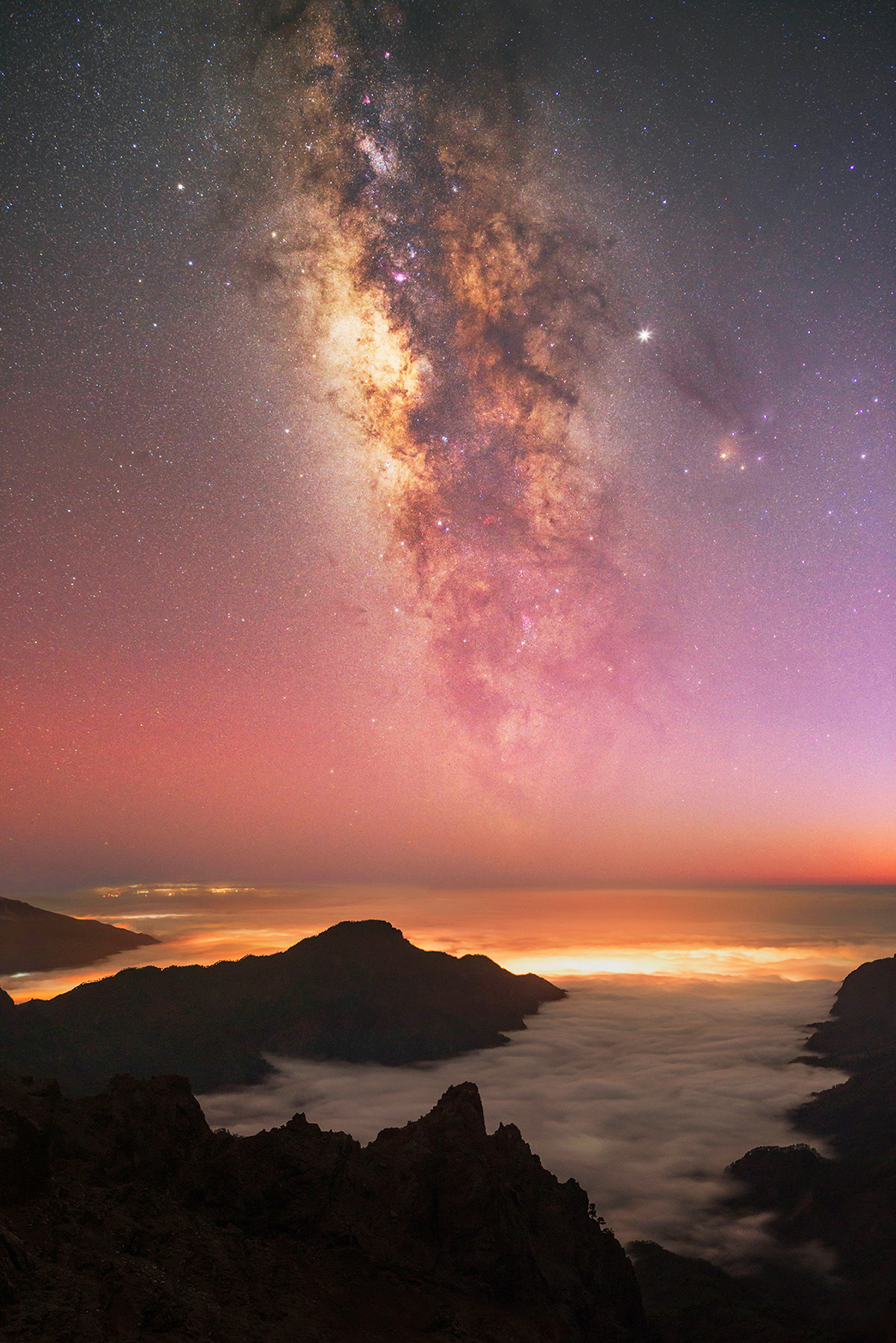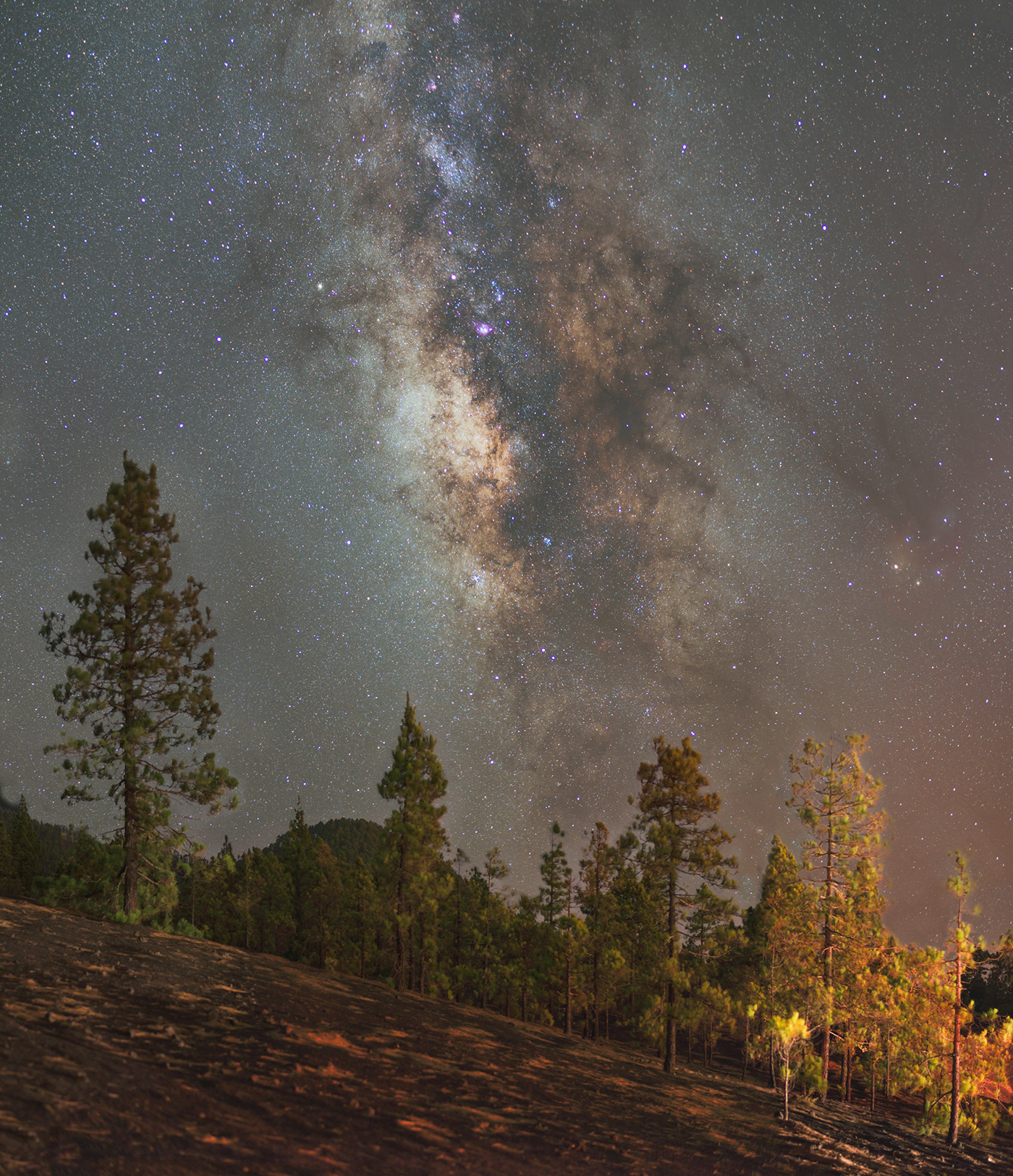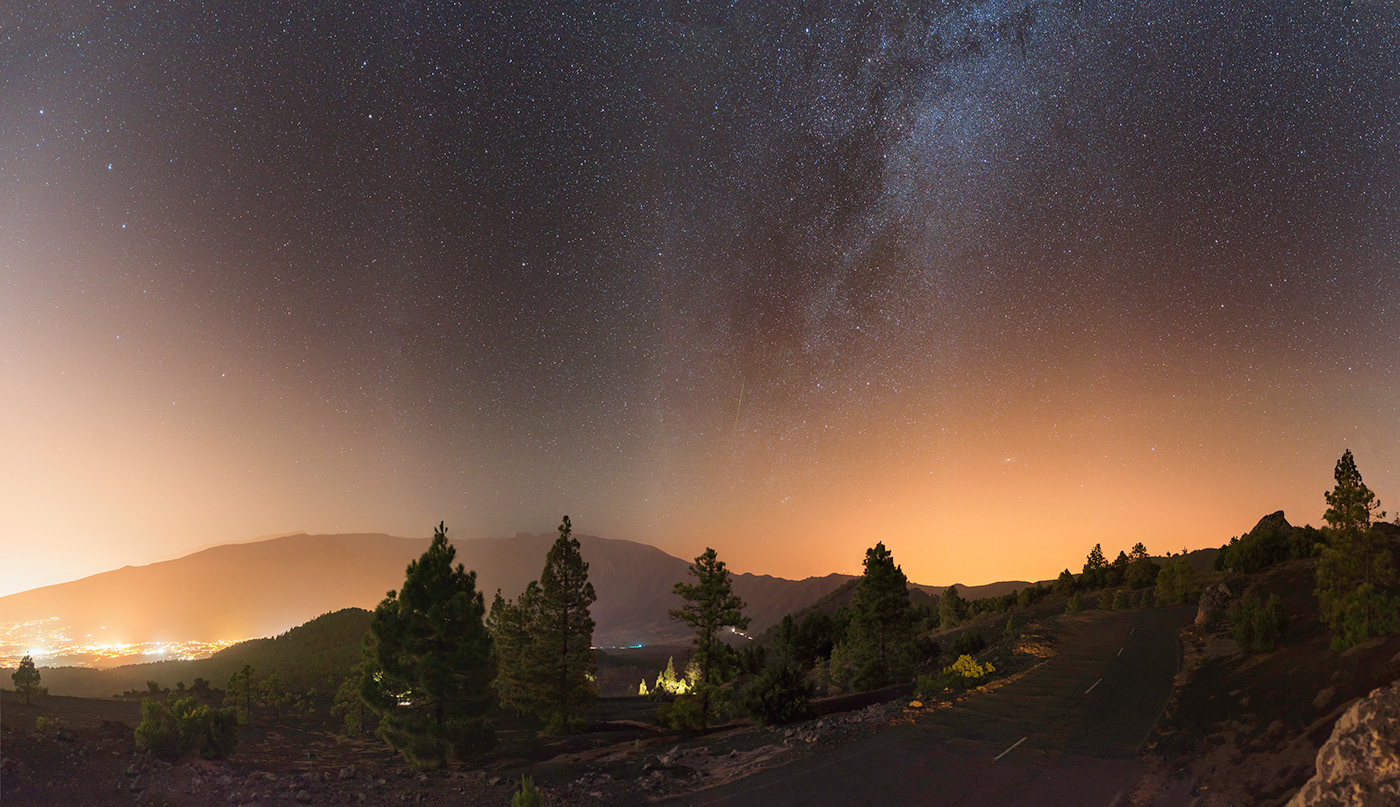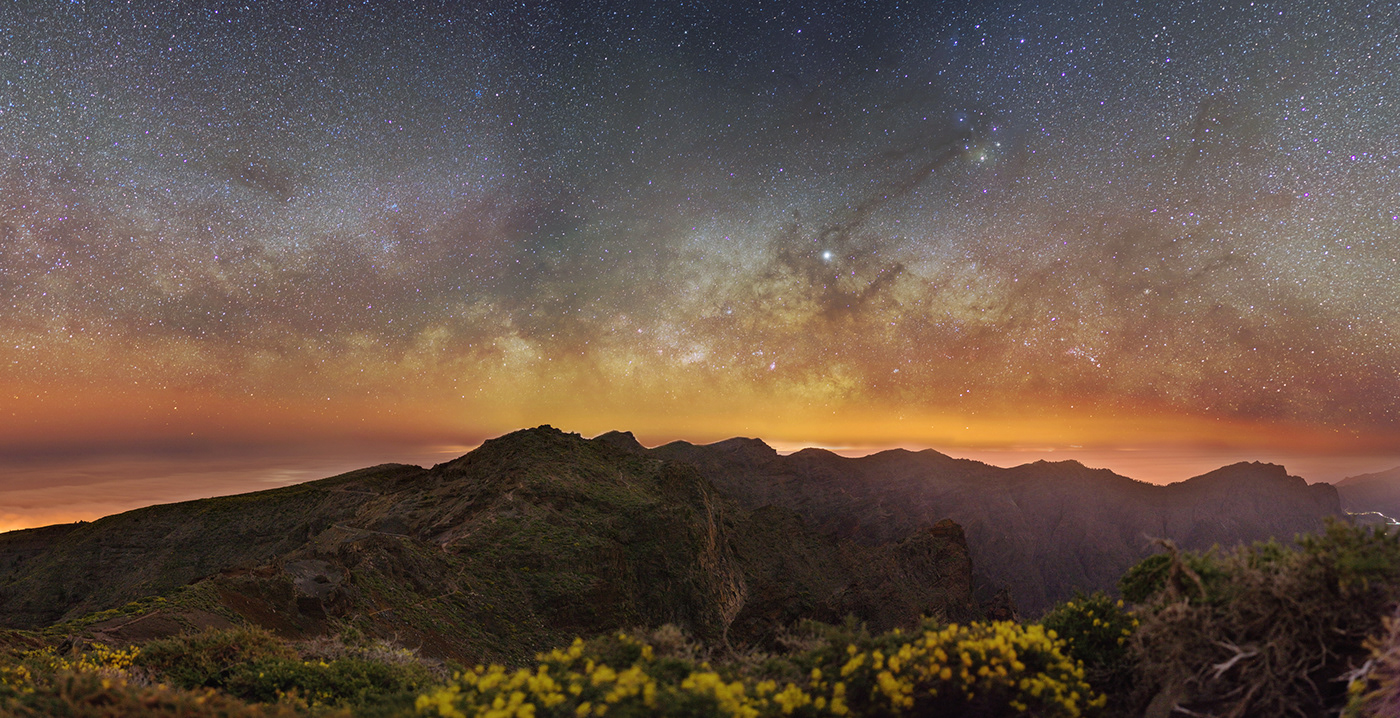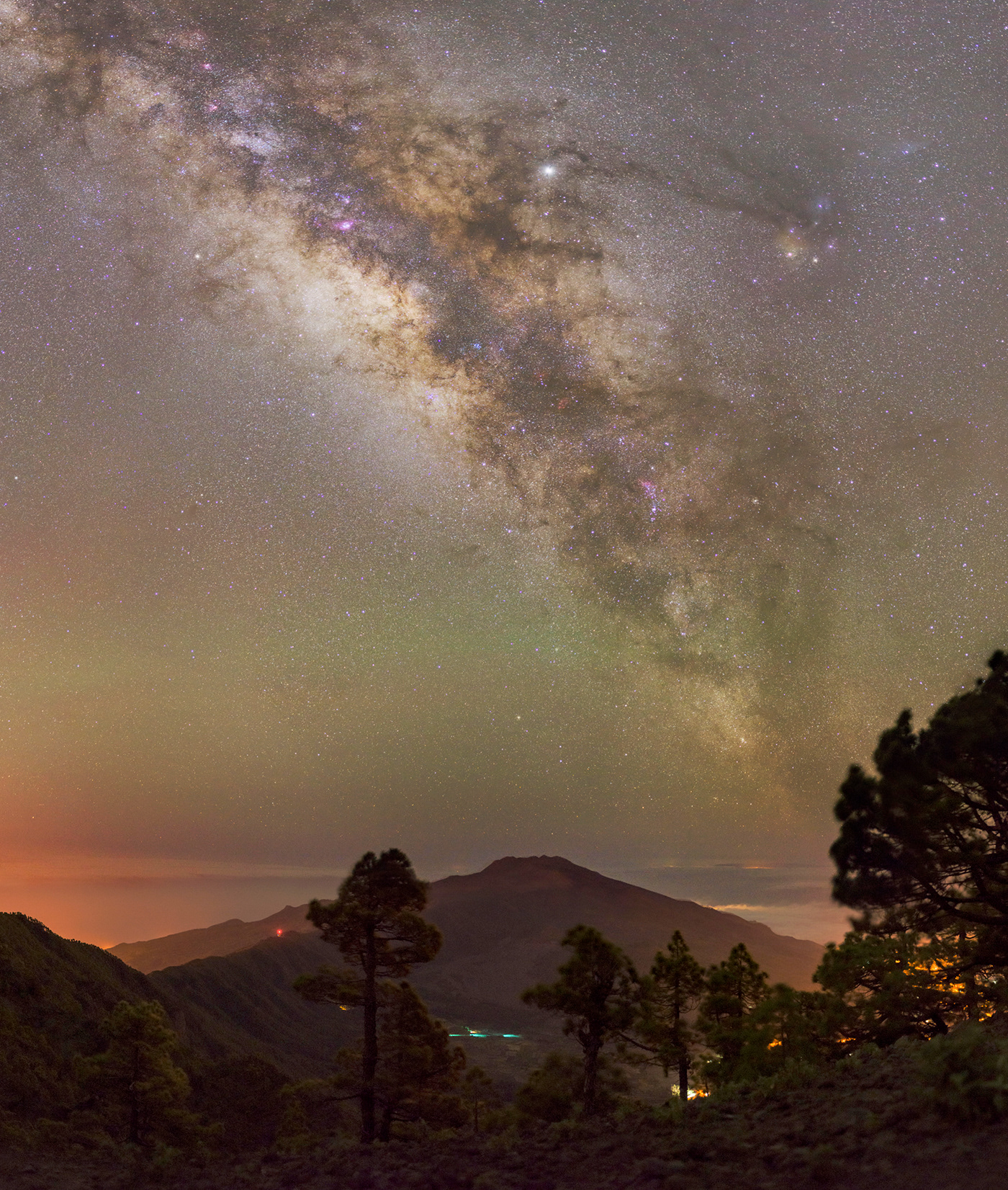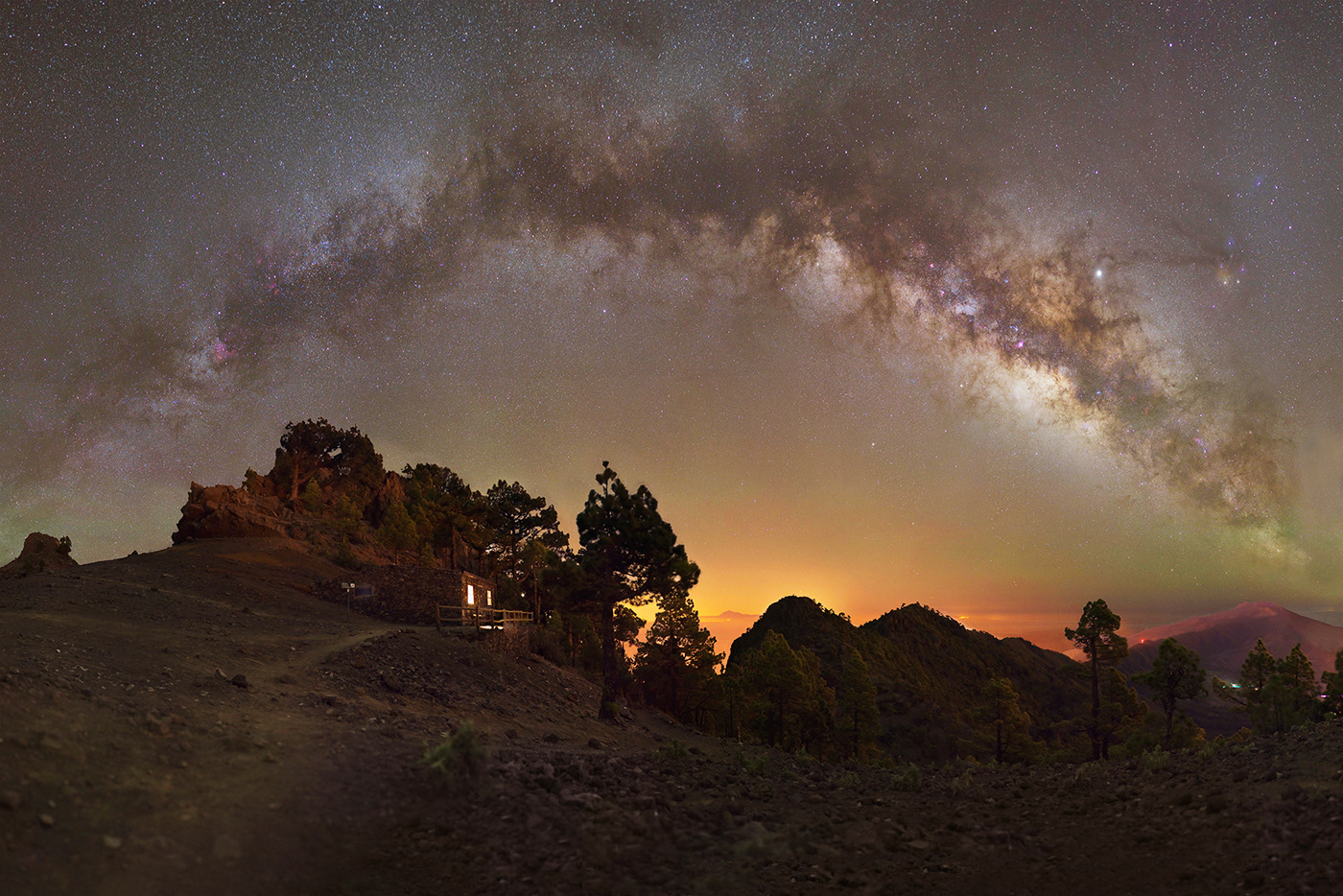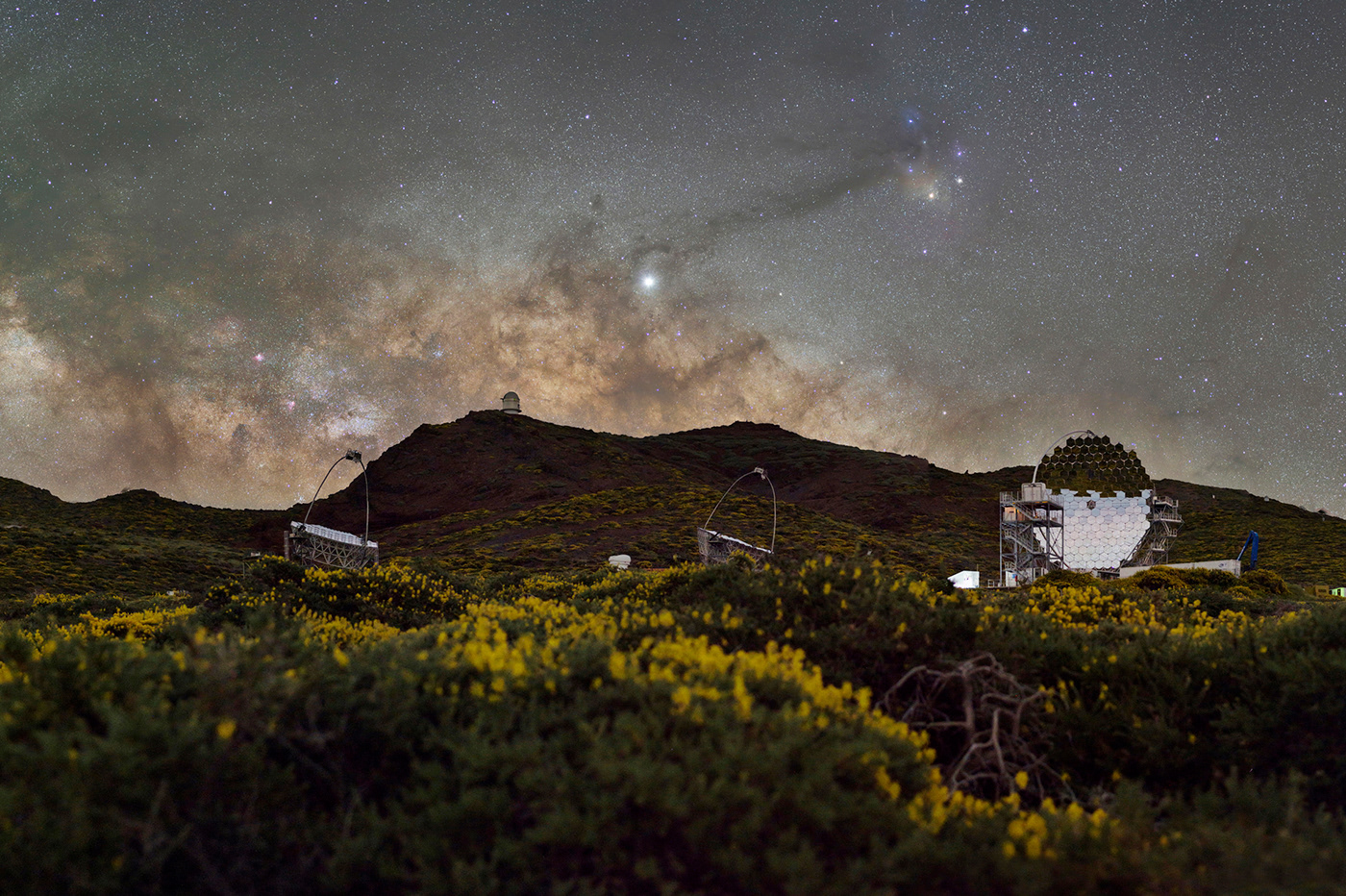
La Palma Starlight Reserve
Landscape Astrophotography
Mini Photo Series 2018–2019
It started with a naive »once in a lifetime« story that leaded up to my first Milky Way photography. However my story didn’t end there but started to become a formative odyssey for me and my camera. In August 2018 I returned to the Canary Islands. Besides visits to Fuerteventura and Lanzarote I went to La Palma for many weeks - lived and worked near the capital Santa Cruz and got many chances to explore the famous night sky of the island. This is a selection of my favorite Images from the main Landscape Astrophotography Project »Canary Lullabies - My Cosmic Photo Adverntures from La Palma«
La Palma Declaration
»In April 2007 members of UNESCO, the International Astronomical Union (IAU), and the Instituto Astrofísico de Canaries (IAC) signed the »Declaration in Defence of the Night Sky and the Right to Starlight«, called the »La Palma Declaration« for short. It proclaims, »An unpolluted night sky should be considered an inalienable right of humankind.«
[...]
But regulations only work if they are implemented. In northern Chile, for example, similar regulations exist but are not fully enforced. Fortunately, on La Palma, astronomers can count on the continuous support of the local administration and population of the island — this may be the island’s most important advantage.
While astronomy in general, and professional observatories in particular, may have been a bit detached from the island’s everyday life in the past, today’s La Palma is redefining itself as »Stars Island.« The local government strongly promotes the emerging industry of astro-tourism, and the island is a prime destination for amateurs fleeing the oft-clouded and light-polluted skies of the European continent. Even the reluctance of the Instituto Astrofísico de Canaries to welcome visitors has waned: A visitors’ center atop the Roque is nearing completion. The island’s new self-image is perhaps best seen in its network of astronomical viewpoints, areas well-suited to stargazing and outfitted with information placards, scattered over the island.«―Jan Hattenbach/ Sky & Telescope
Is it real or photoshopped?
Without a doubt - every Milky Way and astrophotographer know that question all too well. As a matter of facts, the modern camera sensors are much better than our eyes which is probably one of the main fascinating things about long exposure photography. The technology is able to show us a reality that our eyes just can’t because tea re not able to perceive those things. But that doesn’t make it unreal. Unlike our viewing habits and possibilities, modern cameras are showing us the night in beautiful saturated colors while high ISO values and the ability to long expose are able to show us bright details. Additional to the higher performance capability, we are just lacking of experience. Industrialization and technological improvements made humans control the light while increasing light pollution lets us forget our deep ancient connection with the stars of the night sky. For around 20.000 generations people lived under natural night conditions and the Milky Way and night sky was their calendar and storybook, home of the gods and essential part of every culture on the planet. How much stars are you able to see from your home? Have you ever seen the Milky Way?
To come back - yes, in dark sky areas you are able to see many details of the Milky Way with the naked eye which is very impressive and our cameras are incredible tools to amplify that light, details, contrast and colors. But its up to each one of us how far to push these possibilities.


